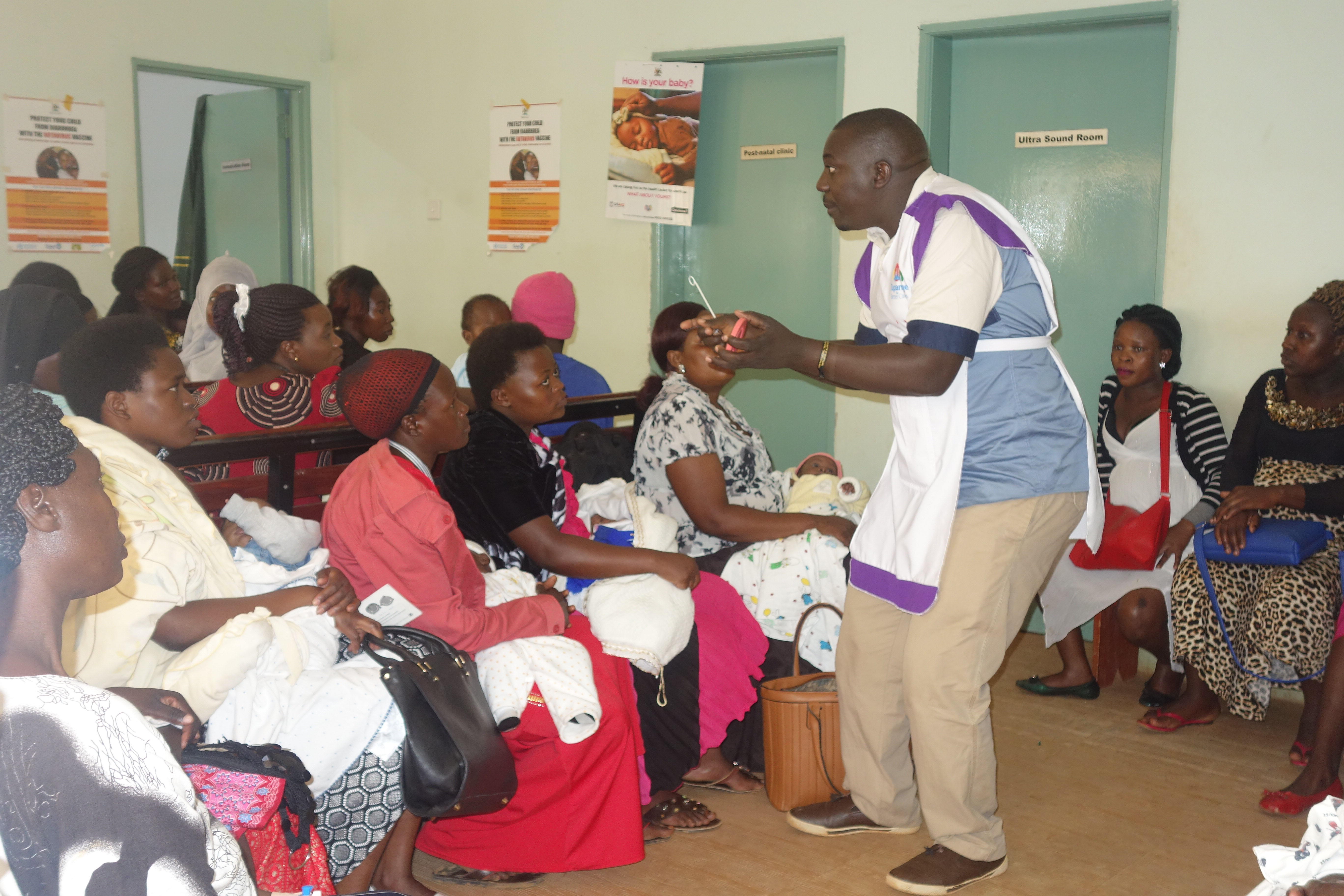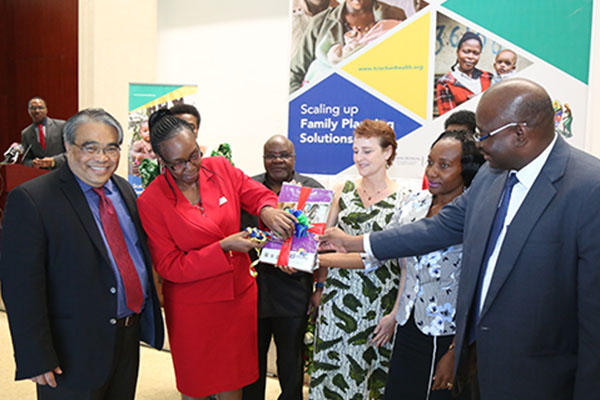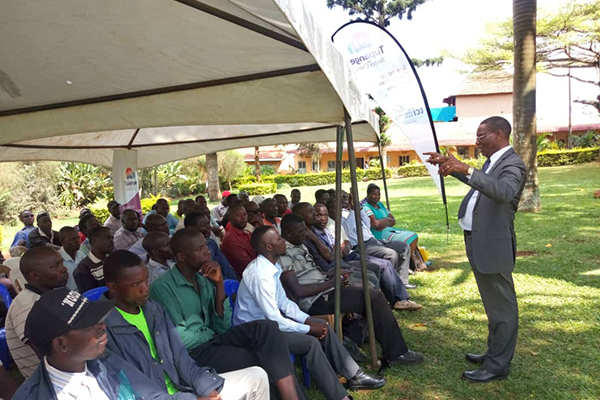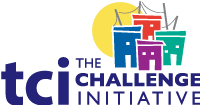East Africa Toolkit: AYSRH Demand Generation
Social and Behavior Change- Home
- Help and Support
- Close
- Toolkits
- Global Toolkit
- AYSRH Toolkit
- Hub Toolkits
- Core High-Impact Practices
- Gender Essentials Mini Course
- Close
- Resource Collection
- Community of Practice
- Coaching
- Log In/Register
- My Profile
- English
 The approach provides a guide on how to engage adolescents and youth to access sexual and reproductive health services (SRH). Social and behavior change interventions (SBC) have been designed to address and decrease barriers, transform social and gender norms, and create an enabling environment that supports and promotes positive sexual reproductive health (SRH).
The approach provides a guide on how to engage adolescents and youth to access sexual and reproductive health services (SRH). Social and behavior change interventions (SBC) have been designed to address and decrease barriers, transform social and gender norms, and create an enabling environment that supports and promotes positive sexual reproductive health (SRH).
This tool will help in:
- Engaging adolescents and young people as users of SRH products and services
- Facilitation and promotion of changes in knowledge, attitudes, norms, beliefs and behaviors about SRH services among adolescents and youth and their influencers
- Creating informed and voluntary demand for SRH products and services
- Implementing different interventions to support and encourage positive SRH behaviors
In order to generate demand, adolescents and young people need to be informed about the availability of services through a range of channels. This information needs to include not only details about the availability of the services (when and where), but also information about why young people should use the services, and information to allay their anxieties about using them.
Examples of interventions that have worked promote and sustain use of adolescents and youth SRH products and services before, during or after service delivery. SBC can be used to increase the demand for (before) and utilization of SRH products and services (during), and improve the long-term maintenance of behaviors (after).
SBC includes approaches such as interpersonal communication (IPC), community mobilization, multimedia and mass media campaigns. This should be linked to all other approaches such as interpersonal counselling, branding health facilities, and training and youth-friendly service delivery points for greater impact.
Adolescents and youth face many challenges as well as consequences in accessing and using family planning services. Incorporating a strong community component encourages individual behavior shifts by either changing norms or knowledge and attitudes. A comprehensive SBC approach seeks to maximize broad engagement with individuals, decision makers and leaders to better understand SRH from an individual, family or group perspective.
Why Use SBC in AYSRH?
- Reaches adolescents and youth who do not engage with the health systems
- Attracts a large number of young people as they are drawn to entertainment more than information
- Educates adolescents and youth on positive SRH behaviors
Evidence
Several longitudinal studies showed the effectiveness of Shujaaz in creating large-scale positive changes among youth. These studies found that youth exposed to Shujaaz are significantly more likely than youth not exposed to delay sexual debut, use contraceptives, delay childbirth, have independent income and earn more than they spend. Shujaaz’s SRH strategy is successful because it offers solutions to youth’s immediate needs, transforming the perception of social norms through characters and fiction, and accelerating social change through curated collective conversations.
Guidance: How to Implement SBC
1. Adapt the MoH Promotion strategy for engaging adolescents and youth. The strategy will guide the promotion intervention, setting the tone and direction, so that all activities, messages and materials work together to achieve the desired change in utilization of SRH products and services.
| Effective Promotion Strategies | |
|---|---|
| Interpersonal Communication |
|
| Media |
|
| Social/community mobilization |
|
| Digital platforms |
|
2. Identify and engage with intended audiences early in the design process to decide on the most appropriate content, mode for engagement and how best to use it. Segmenting the primary and secondary audiences into smaller, more-distinct groups that share similar interests, attitudes and needs relative to the SRH product or service being promoted leads to more successful targeting of messages and channels.
Build strong and consistent support systems around young people from community leaders, families and health workers. In order to increase demand for and use of SRH products and services. Promotional strategies and activities should strive to be gender transformative to address and change gender norms that create unequal access to and utilization of SRH products and service.
3. Reproduce or adapt information, education, and communication (IEC) material for use during activities such as outreaches.
4. Determine and select the best platform to reach the intended audiences for disseminating information, i.e., where and when they are most receptive to messages. Determining the right channel mix will be informed by the program objectives, the local context and the audience analysis. This will include a review of format (e.g., text or audio), language, and frequency and dose of messaging.
5. Capitalize on unique opportunities and approaches for addressing barriers and motivating adolescents and youth to take action. For example:
- Brand SRH products and services
- Allow youth to share their personal stories. With consent, document the testimonies for wider sharing
- Use peers for mobilization
6. Monitor and provide supportive supervision during implementation of the activities. Throughout design and implementation, routinely analyze and assess whether messages, approaches and activities are in the interest of getting adolescents and youth to use products and services and incorporate feedback.
Monitoring Process
- Monitor increase in the number of new adolescent and youth users of family planning
- Assess the knowledge of adolescent and youth users on availability of AYSRH services
- Monitor the effectiveness of engaging families, communities and health care providers in AYSRH
- Community/Promotion focal person at geography level should track activities
- Supervisors should participate in the activities regularly
Success Indicators
- Positive SRH behaviors and contraception among adolescents and youth
- Increased use of AYSRH services among those who recall the SBC messages
- Message recall and intended behavior change
Cost
- Demand generation material (IEC) designing, pre-testing, printing/reprinting and distribution
- Training manual printing
- Broadcast cost
- Cost of community-based activities
- Supervision (transport and travel allowances)
- Printing monitoring and evaluation tools
Sustainability
- Incorporate these activities into geography health promotion strategies and budgets to ensure their continuation
- Advocate for support for resource from geography Management Team
TCI APP USERS PLEASE NOTE
You will only receive CERTIFICATES by email – when earning a score above 80% – and will not be able to view or print a certificate PDF from the TCI app.
Test Your Knowledge
Earn a Certificate
Quiz Summary
0 of 5 Questions completed
Questions:
Information
You have already completed the quiz before. Hence you can not start it again.
Quiz is loading…
You must sign in or sign up to start the quiz.
You must first complete the following:
Results
Results
0 of 5 Questions answered correctly
Your time:
Time has elapsed
You have reached 0 of 0 point(s), (0)
Earned Point(s): 0 of 0, (0)
0 Essay(s) Pending (Possible Point(s): 0)
Categories
- Not categorized 0%
- 1
- 2
- 3
- 4
- 5
- Current
- Review
- Answered
- Correct
- Incorrect
-
Question 1 of 5
1. Question
Examples of Social and Behavior Change (SBC) approaches are:
CorrectIncorrect -
Question 2 of 5
2. Question
Incorporating a strong community component encourages individual behavior shifts through changing norms, knowledge and attitudes.
CorrectIncorrect -
Question 3 of 5
3. Question
SBC interventions do not need to include adolescents and youth in the development process.
CorrectIncorrect -
Question 4 of 5
4. Question
How useful did you find the information and/or tools presented on this page? Please write your response in the box below using one of the following phrases: Very useful, Useful, Somewhat useful, Not useful.
Feel free to comment on why you made that choice.
-
This response will be awarded full points automatically, but it can be reviewed and adjusted after submission.
Grading can be reviewed and adjusted.Grading can be reviewed and adjusted. -
-
Question 5 of 5
5. Question
How do you intend to use the information reviewed and/or tools that you accessed?
-
This response will be awarded full points automatically, but it can be reviewed and adjusted after submission.
Grading can be reviewed and adjusted.Grading can be reviewed and adjusted. -







